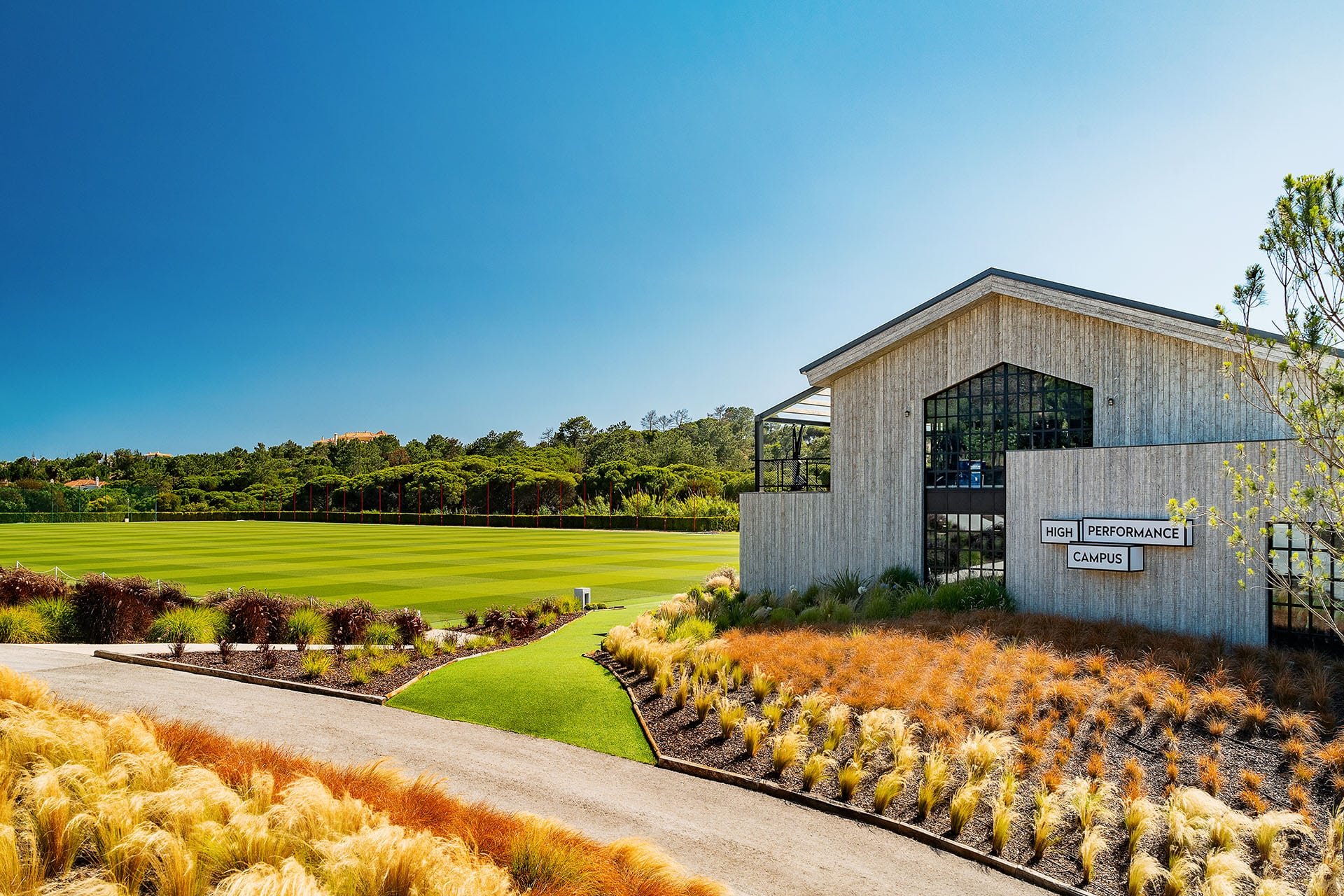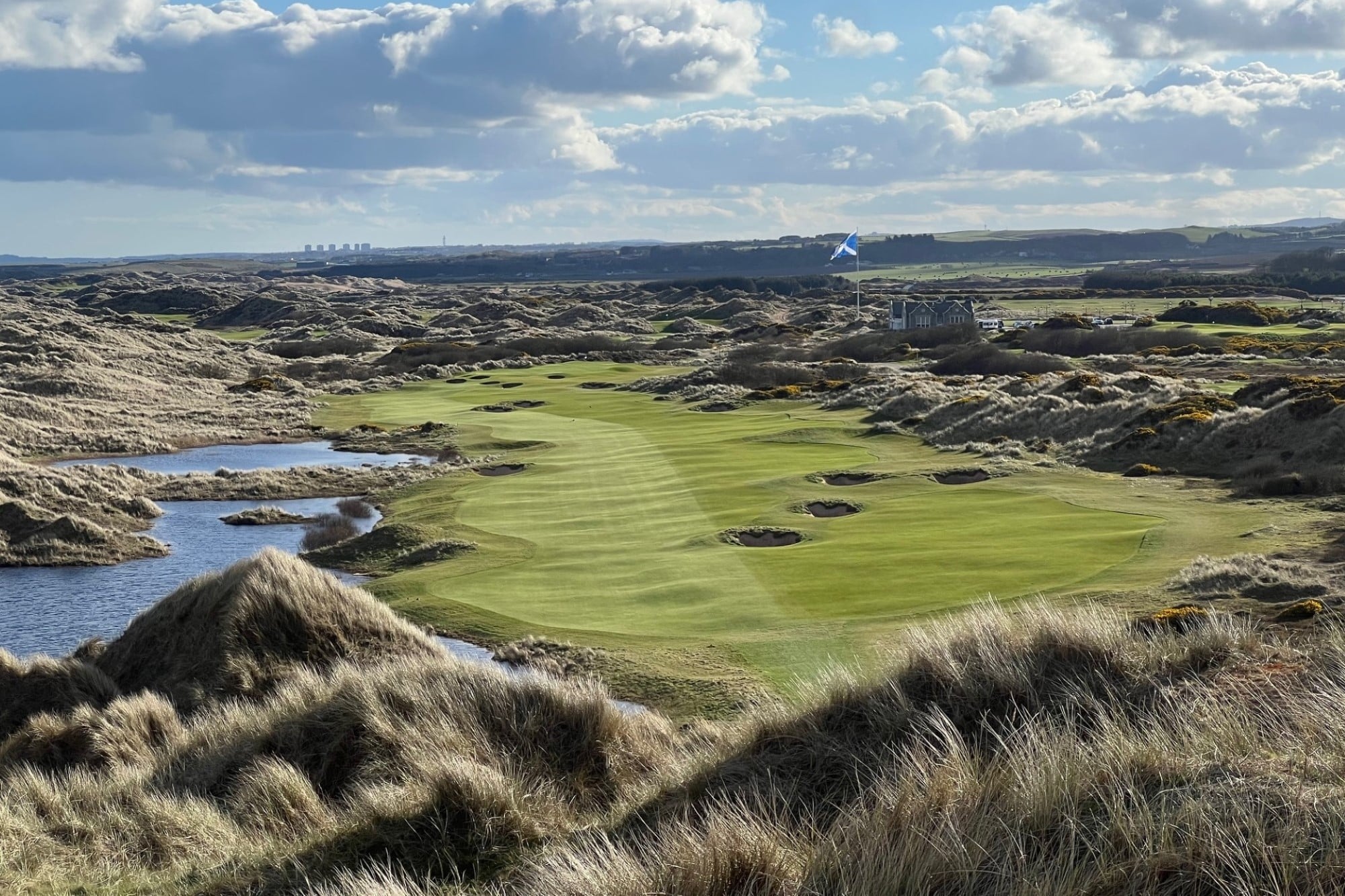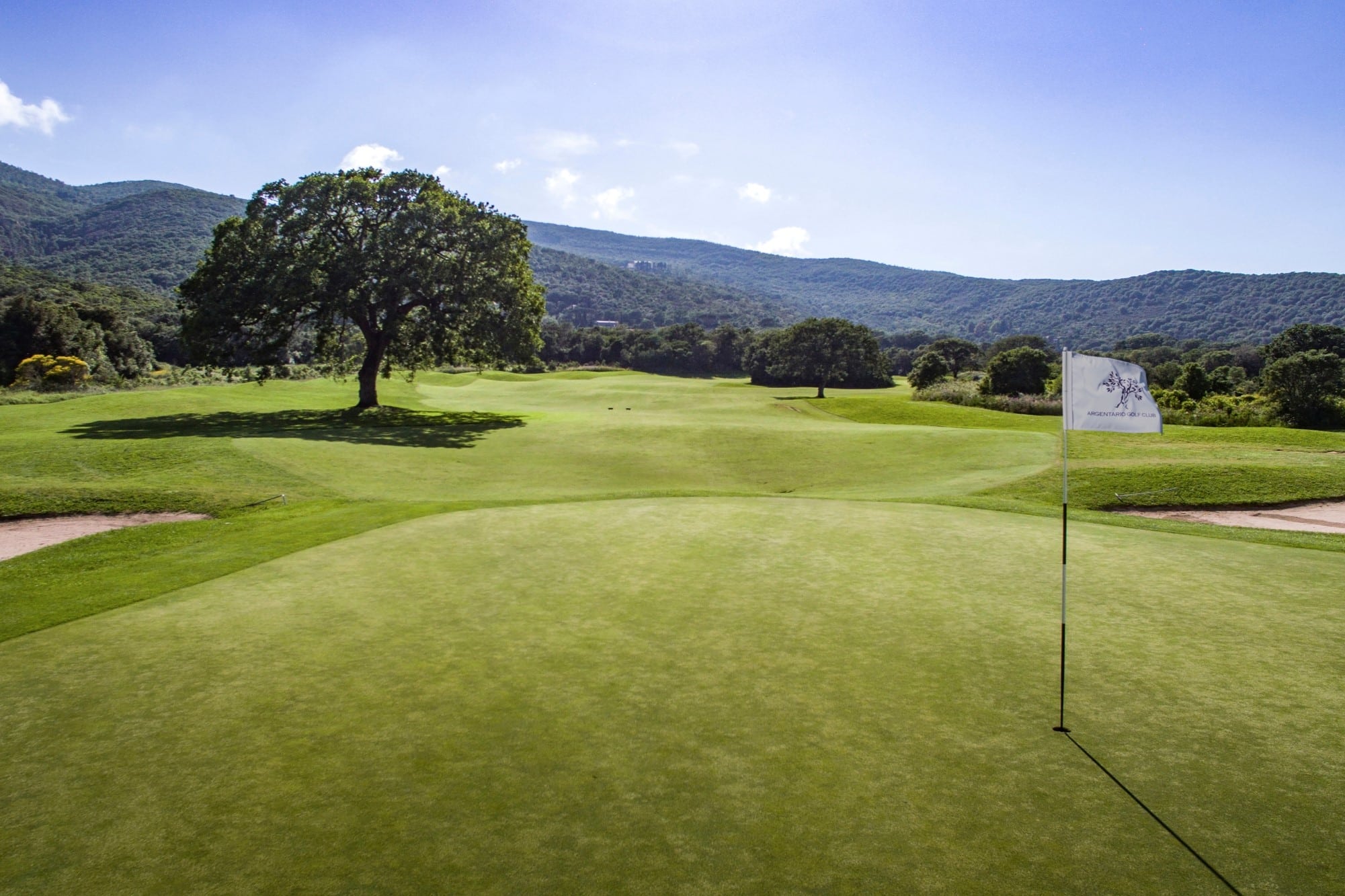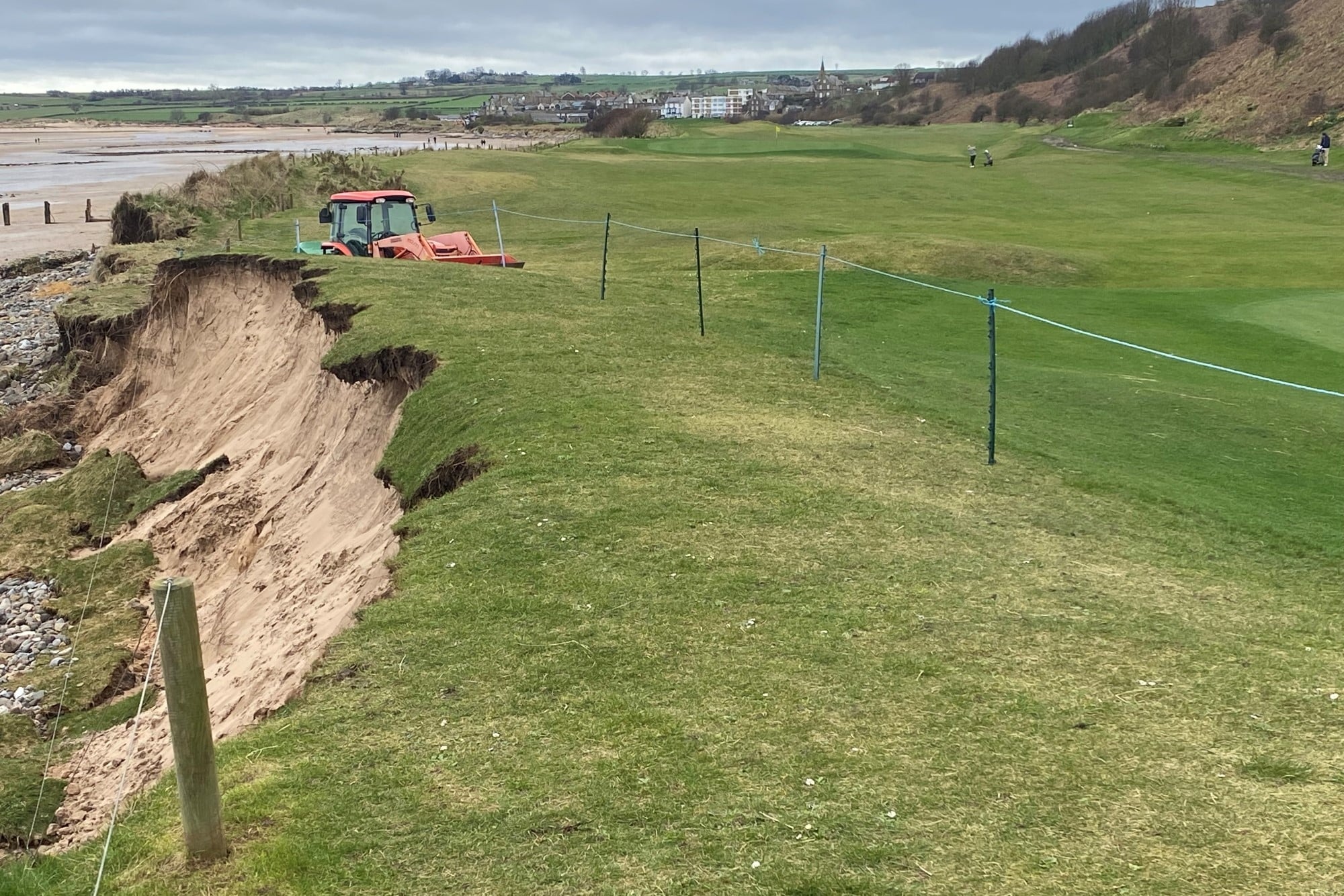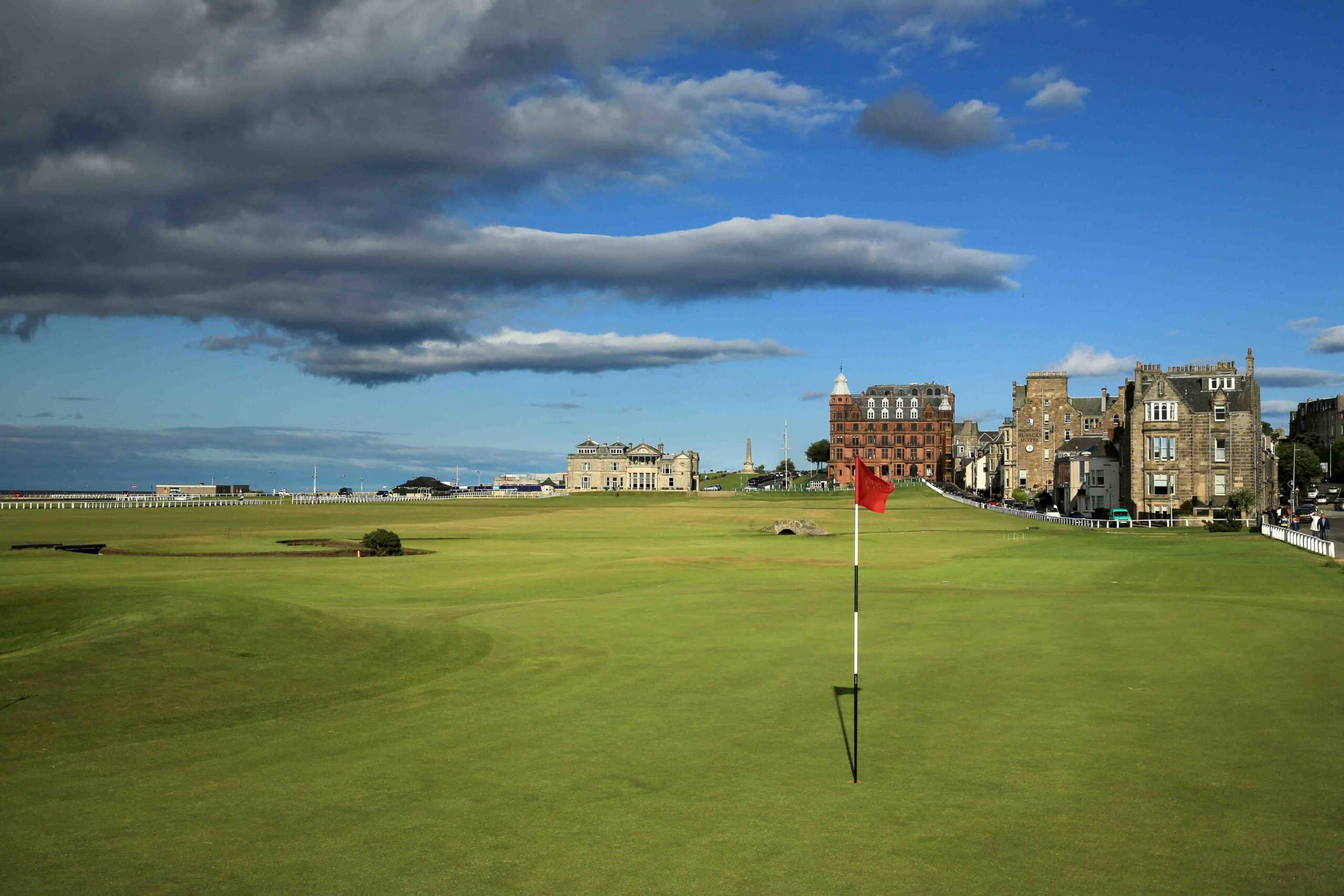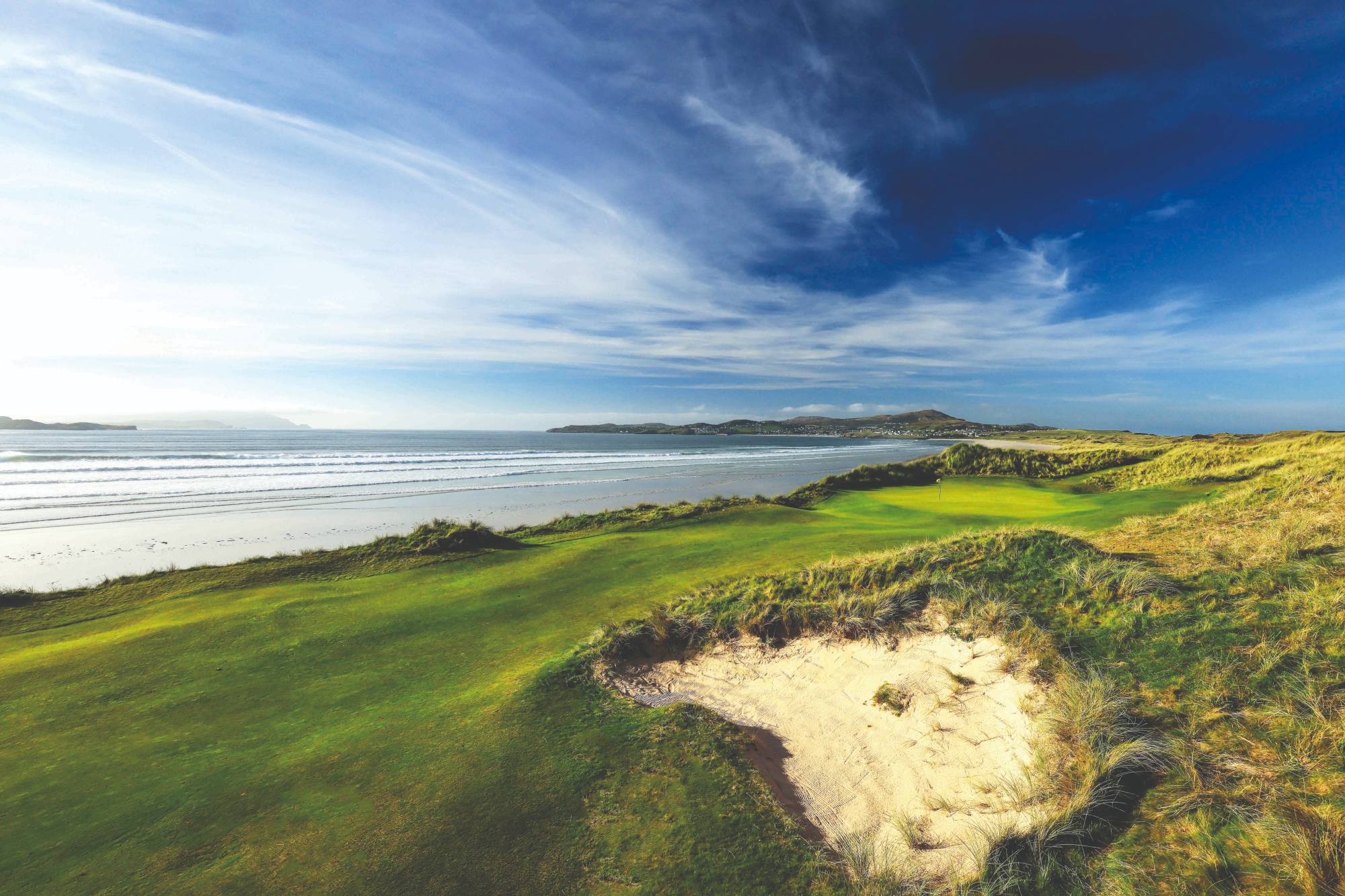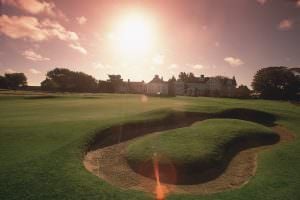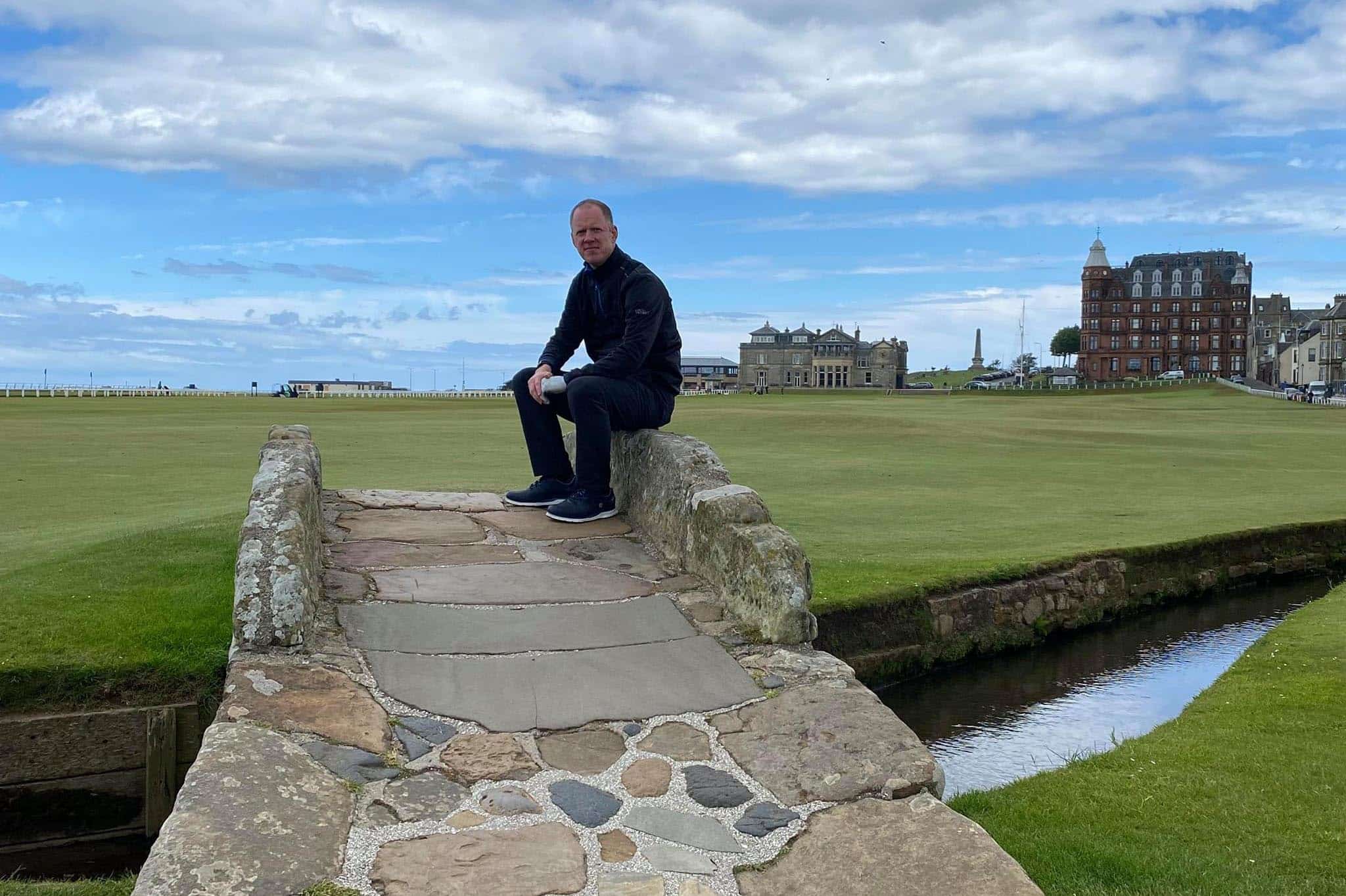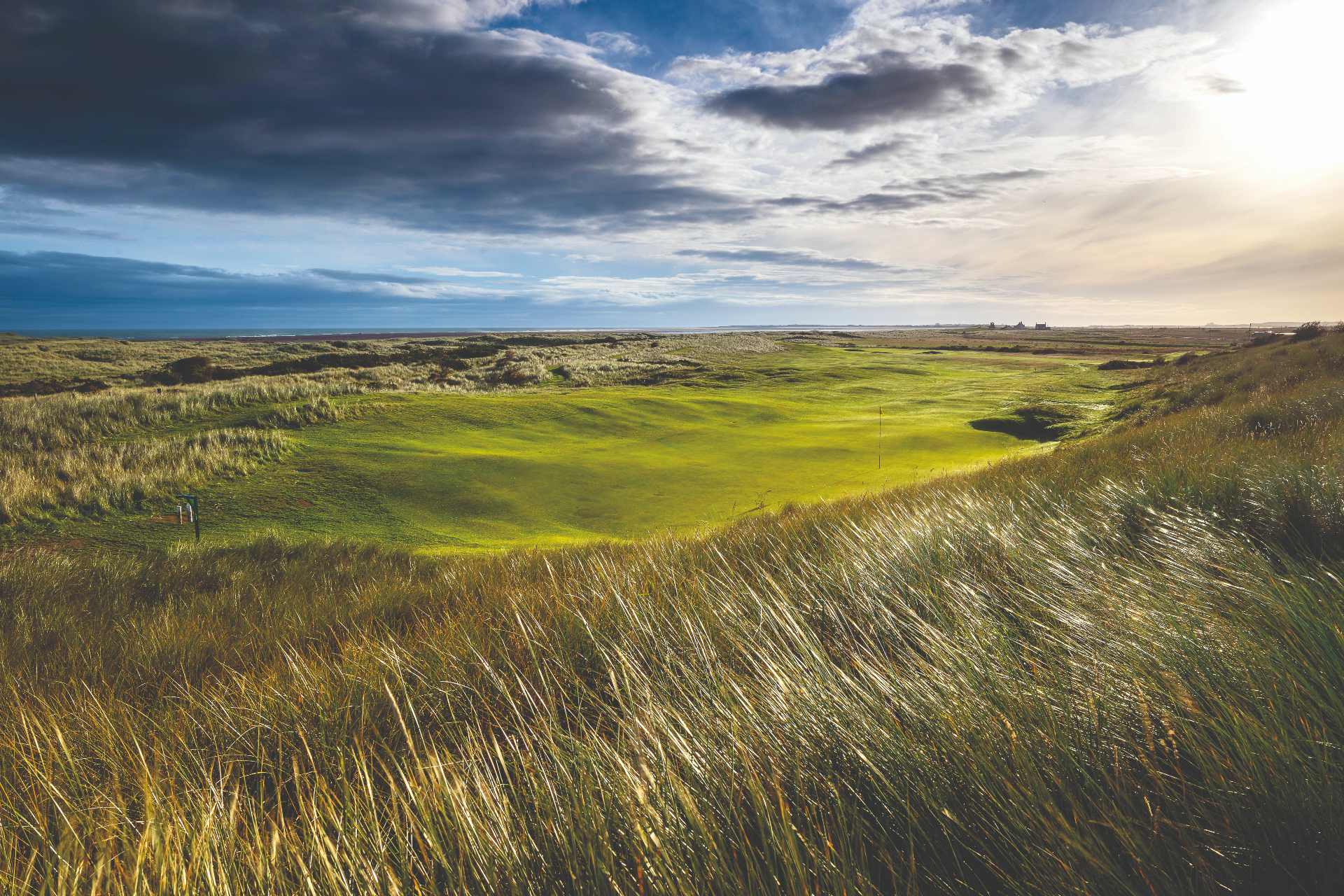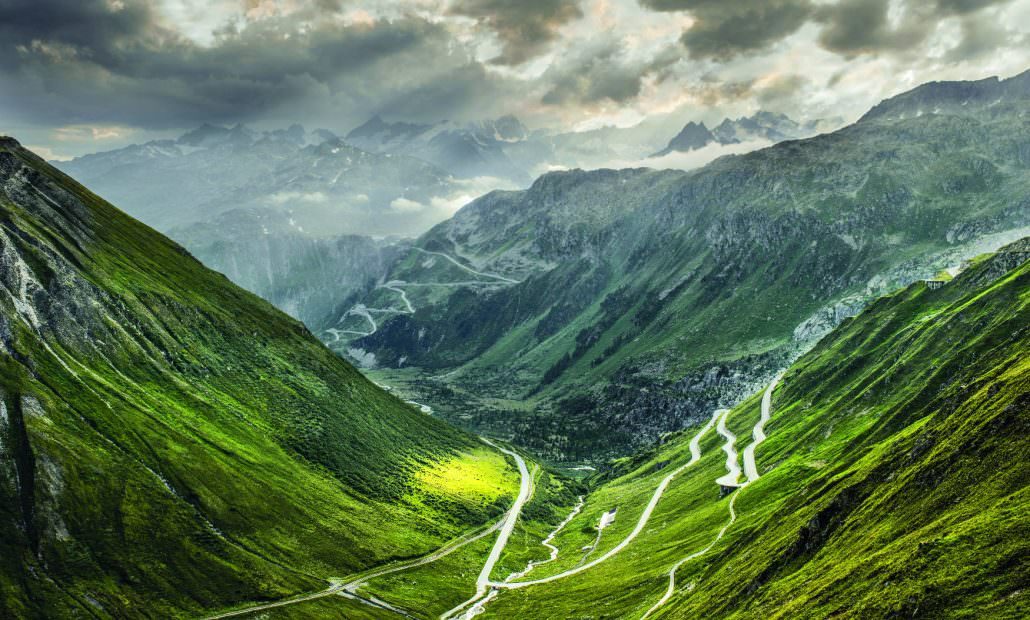
Road Trip – Swiss Tees
By the third lap of the same petrol station, we began to suspect the sat nav was lying. Despite its insistence that we had “arrived at our destination”, we could still see Geneva airport where we’d picked up our hire car 20 minutes earlier. Some random hammering on the sat nav followed by an unwitting foray into France and we were on the way to our actual destination of Crans-Montana in the Swiss Valais region.
With the featureless Geneva suburbs behind us, the route takes ua north around Lake Geneva. From the main E62 motorway drag you get glimpses of flat, glassy blue, but if time is your own, take the road that hugs the shore through the smart lakeside towns of Lausanne, Vevey and Montreux. The road then diverts south through the Rhone valley, bordered by the rising peaks of the Pennine and Bernese Alps, before reaching the terraced vineyards of Switzerland’s winemaking heartland.
We were here to explore the development of golf in the Swiss Alps, a largely underrated destination. There have been courses here for over a hundred years, but with winter snowfall often blanketing them for half the year, they remain overlooked. Now established ski resorts are looking at ways to diversify to bring in visitors year round, and new courses are opening up.
In Crans-Montana, golf has always existed alongside skiing. In winter, the linked villages of Crans and Montana host well-heeled visitors who rub expensively clad shoulders in designer boutiques and chic restaurants. In summer, hill-walking and mountain biking are popular, as is golf at Crans sur Sierre, host to the annual European Masters.
 The club dates back to 1906 and hosts four tracks, including the championship Severiano Ballesteros course, who won here three times. Playing at altitude is a different experience – not just for the looming snowy peaks and crystalline air, but the revelation that balls fly much further.
The club dates back to 1906 and hosts four tracks, including the championship Severiano Ballesteros course, who won here three times. Playing at altitude is a different experience – not just for the looming snowy peaks and crystalline air, but the revelation that balls fly much further.
This is a chocolate-box course, verdant and gently undulating; not the most challenging perhaps but so much the better to enjoy the views. We stayed at LeCrans, a luxury boutique chalet hotel, high up on the hill overlooking the village, valley and surrounding mountains.
 From the moment you arrive, you feel cosseted by the warming scent of wood smoke and timber. Each of the 14 rooms and suites is inspired by the owner’s travels. Ours, Annapurna, was huge and beautiful, with a vast terrace, picture windows and dotted with authentic Tibetan antiques. The Atlas suite has scalloped arches with ebony and gold wall hangings to transport you to the Marrakech souks, while Rocky Mountains is all maplewood panelling, homespun eiderdowns and hunting trophies.
From the moment you arrive, you feel cosseted by the warming scent of wood smoke and timber. Each of the 14 rooms and suites is inspired by the owner’s travels. Ours, Annapurna, was huge and beautiful, with a vast terrace, picture windows and dotted with authentic Tibetan antiques. The Atlas suite has scalloped arches with ebony and gold wall hangings to transport you to the Marrakech souks, while Rocky Mountains is all maplewood panelling, homespun eiderdowns and hunting trophies.
There’s a small but perfectly formed spa, with chic wood and stone clad indoor pool and a heated outdoor pool with views of Mont Blanc; (although how you get in and out in winter, I don’t know – quickly, I guess).
There’s a chic restaurant, Le Montblanc, one of the hottest tables in town where classic French cooking combines with local ingredients in avant-garde dishes like chanterelles mushroom cappuccino with tonka beans or roe deer tartar. Service is perfectly pitched, whether the concierge is recommending walking routes (many of which start from outside the hotel) or valet parking your car.
The next stage of our journey takes us through some of the most jaw-dropping scenery in Europe, of the sort that makes you wonder why people bother going all the way to New Zealand or Patagonia. Heading east from Crans takes you from French-speaking Valais into the neighbouring valley and the German-speaking canton of Uri, via the Furka Pass.
 A series of dramatic hairpin bends winds up to 2,400 metres, past the spectacular Rhone Glacier, before descending via equally epic but terrifying sweepers, with the dizzying sensation of both mountains and weather closing in. The sense of euphoria as the road levels out owes as much to a sense of relief as it does the thrilling views.
A series of dramatic hairpin bends winds up to 2,400 metres, past the spectacular Rhone Glacier, before descending via equally epic but terrifying sweepers, with the dizzying sensation of both mountains and weather closing in. The sense of euphoria as the road levels out owes as much to a sense of relief as it does the thrilling views.
Andermatt is a small village with big dreams and one of the established skiresorts looking to attract golfers during the summer months. We were staying at the recently opened Chedi Andermatt, part of the high-end, Asian influenced hotel group.
At the moment it feels a little like a branch of Waitrose has opened in Emmerdale, but if you build it they will come, and it won’t be long before the Gstaad crowd are de-camping here. The hotel is a wonder of dark wood and bronze, built like a huge, decadent chalet; alpine on the outside, Bali meets the Rockies by way of James Bond on the inside.
 The spa is quite simply one of the best you will find; the stunning lap pool is lined with day beds and crackling fires, where, buried in a fluffy robe, you can easily pass an afternoon in a slumbering haze. The open-plan restaurant with its soaring ceilings has four theatre kitchens (plus glass-walled cheese room) showcasing Swiss, European and Asian dishes, and the bar is THE place for après-ski drinks, enjoyed nestled under fur blankets.
The spa is quite simply one of the best you will find; the stunning lap pool is lined with day beds and crackling fires, where, buried in a fluffy robe, you can easily pass an afternoon in a slumbering haze. The open-plan restaurant with its soaring ceilings has four theatre kitchens (plus glass-walled cheese room) showcasing Swiss, European and Asian dishes, and the bar is THE place for après-ski drinks, enjoyed nestled under fur blankets.
Plans are afoot for the development of Andermatt as a year-round destination. Led by the Andermatt-Swiss Alps company, the opening of the Chedi is just the start. Over the next couple of years, there will be a total of six four- and five-star hotels opening, 500 apartments in 42 buildings and 25 chalets, plus a cable car linking Andermatt to the
neighbouring ski village of Sedrun.

Open already is the new 18-hole course. Nestled in the valley bottom but surrounded on all sides by soaring peaks, this marks the summer intentions for Andermatt. The course works with the landscape and includes a steep Alpine section that will test your quads as well as your game, but is otherwise largely flat which comes as something of a relief for a mountain track.
Building work is still ongoing, including the new clubhouse due to open this summer, but even now the scale of the project is visible and impressive. There is also something remarkable about playing golf with eagles wheeling overhead, listening to the whistle of the Alpine Express as it chugs out of the Furka tunnel high above the village.
Alpine golf offers a very different experience to links golf. Purists who love dunes and gorse may be sniffy, but mountain courses can be just as spectacular, equally enjoyable and much more forgiving for higher handicappers.
Tom Irwin

Tom is a lifetime golfer, now over 30 years playing the game. 2023 marks 10 years in golf publishing and he is still holding down a + handicap at Alwoodley in Leeds. He has played over 600 golf courses, and has been a member of at least four including his first love Louth, in Lincolnshire. Tom likes unbranded clothing, natural fibres, and pencil bags. Seacroft in Lincolnshire is where it starts and ends.


